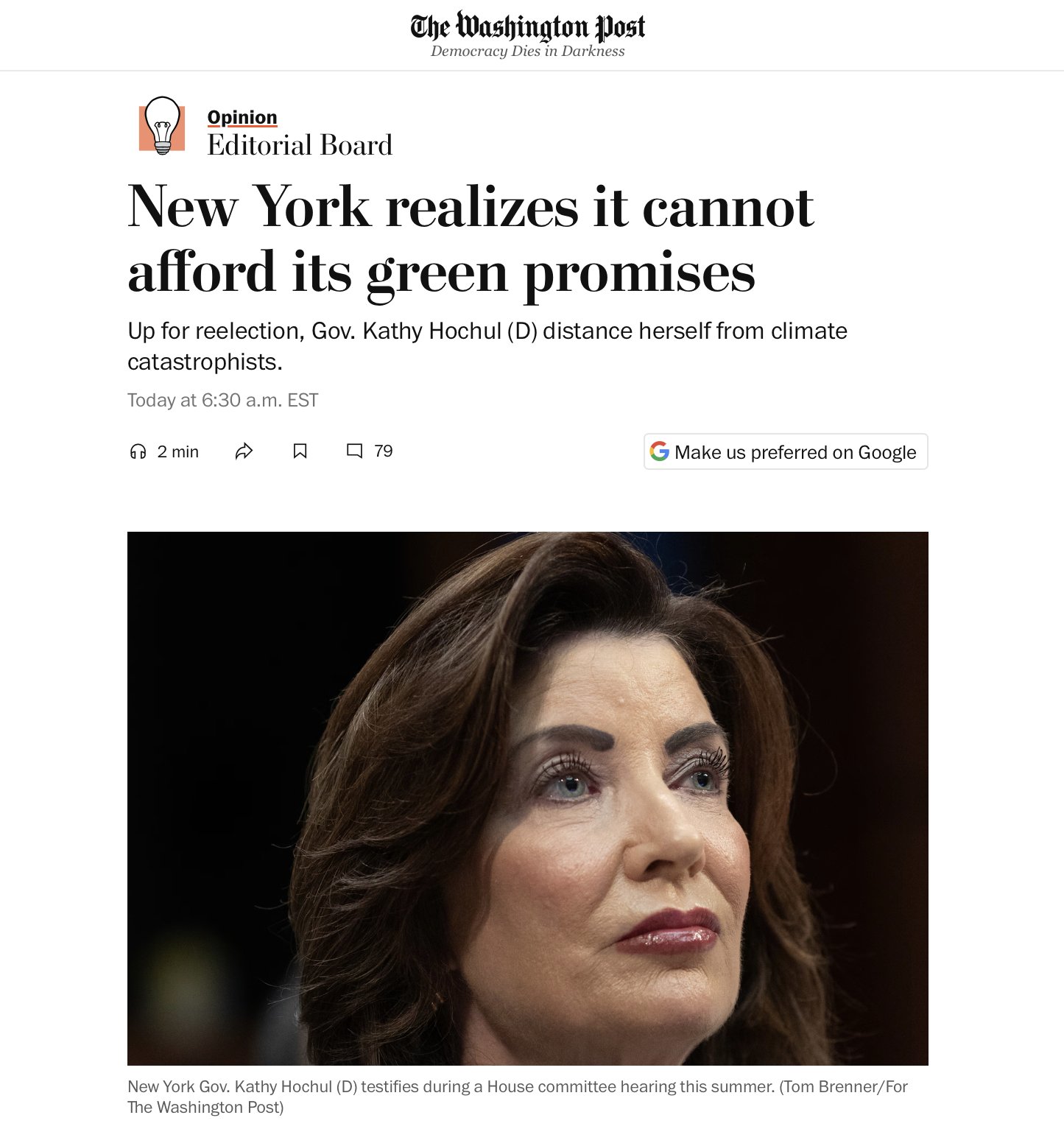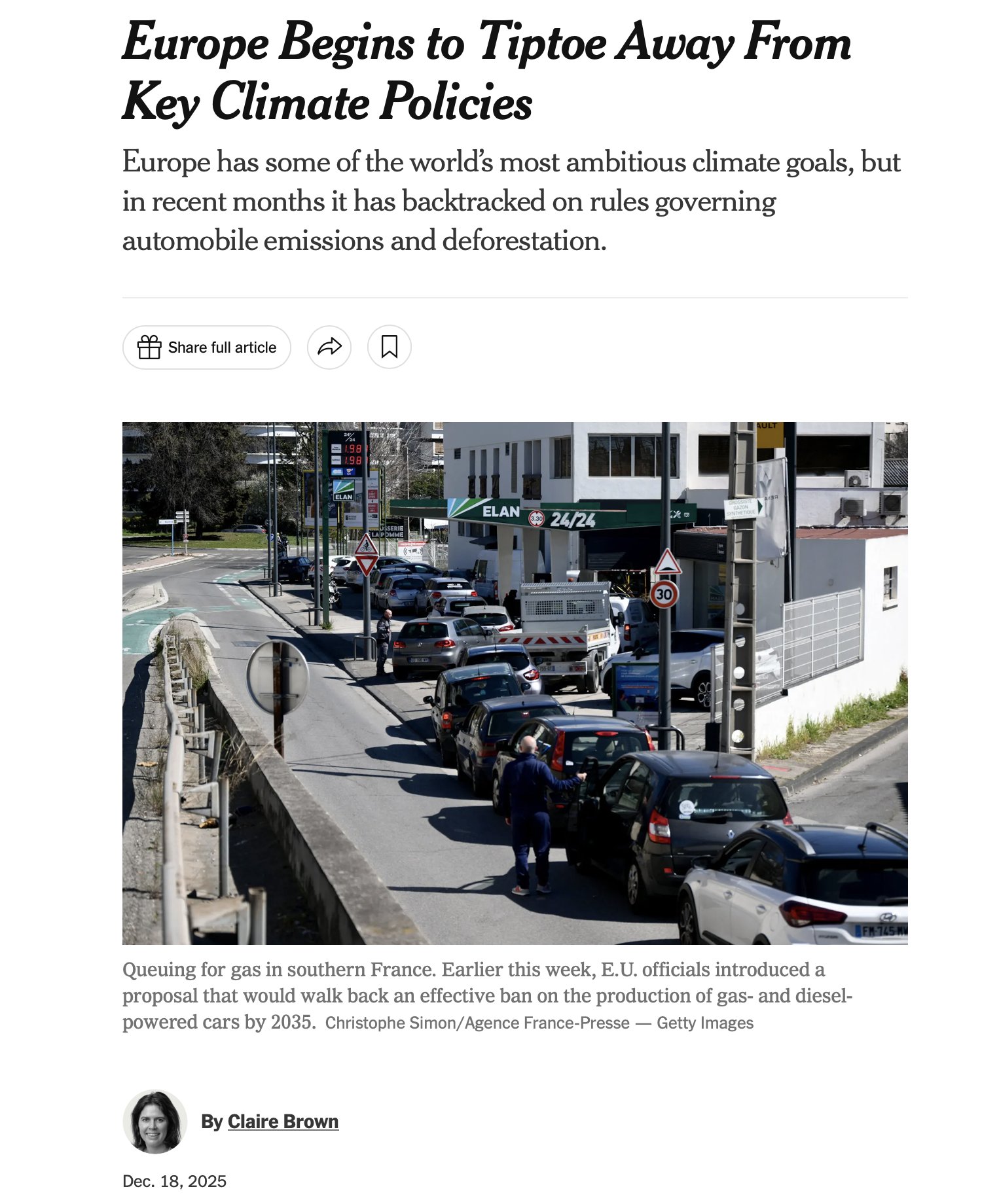The Science & Environmental Policy Project (SEPP)
November 24, 2018
USGCRP (US Global Change Research Program) Prophecies: On November 23, the US Global Change Research Program (USGCRP) released the second volume of its two-part series on human-caused global warming. The first volume. the “Climate Science Special Report (CSSR)” supposedly discussed the physical science but was largely confined to projections from poorly tested global climate models and physical events unrelated to increasing carbon dioxide. The current release came in time for the upcoming 24th Conference of Parties (COP-24) of the UN Framework Convention on Climate Change (UNFCCC) in Katowice Poland. According to official announcements, this conference will additionally include “the 14th session of the Conference of the Parties serving as the Meeting of the Parties to the Kyoto Protocol (CMP) and the third part of the first session of the Conference of the Parties serving as the meeting of the Parties to the Paris Agreement (CMA 1-3)” – international bureaucratic science at its best.
Unlike the UN Intergovernmental Panel on Climate Change (IPCC), which supposedly provides scientific guidance on human-caused variations to climate, the USGCRP is obligated to provide scientific guidance on both human-caused and natural climate change. The USGCRP has conveniently forgotten the part concerning natural climate change. In the current report, the USGCRP avoids discussing nature and the need to substantiate its claims with physical evidence by stating:
“However, the assumption that current and future climate conditions will resemble the recent past is no longer valid.” Overview Chapter 1 p.1.
History is to be forgotten. In short, physical evidence cannot contradict USGCRP projections/predictions. The USGCRP created an illusory climate using complex climate models without a physical basis. As such, the entire 1100-page report can be viewed as an assembly of prophecies that may or may not occur in the next 25 to 100 years – no contradictory evidence needed. Only the evidence presented in the USGCRP report is valid. This attitude reflects the status of science in the parts of the 13 federal government agencies that participated in the report: Departments of Agriculture, Commerce, Defense, Energy, Health & Human Services, Interior, State, Transportation, Environmental Protection Agency, National Aeronautics & Space Administration, National Science Foundation, Smithsonian Institution and U.S. Agency for International Development.
Hopefully, the entire agencies will not base policies on long-term prophecies from poorly tested models. For example, the Department of Defense needs to defend the country against real threats, not imaginary ones. According to the report, the National Oceanic and Atmospheric Administration (NOAA), part of the Department of Commerce, is responsible for the organization and administration of the report. Perhaps the claims without hard evidence to support them should not be a surprise. For some years, NOAA has been prophesizing sea level rise far beyond anything that can be concluded from actual measurements, to include that sea levels will rise exponentially (ever more rapidly). Who said bureaucrats don’t have imagination?
Ironically, immediately prior to the new release, the Northeast US experienced, perhaps, the coldest Thanksgiving in 100 years. See links under Defending the Orthodoxy, Changing Weather, and
http://sdg.iisd.org/events/
Trump v. Trump: The global warming chorus immediately seized on the new USGCRP report claiming the Trump administration is contradicting President Trump’s claims about global warming. Amusingly, some of the chorus interviewed people who worked on the USGCRP, who were political appointees under the Obama Administration. Part of the problem stems from the disorganization of the Trump administration after his election. The administration was not prepared. Another part of the problem is the behavior of the President, which can be described as erratic.
Another major part of the problem is the “slow-roll” of confirming appointees to key administrative positions. Democrats in the Senate are taking the maximum amount of time legally possible to permit voting on confirming or denying appointments. Although somewhat different, the confirmation of Judge Kavanaugh to the Supreme Court was a televised, highly publicized example of the “slow-roll.” Many key positions below heads of departments still need to be filled. See links under Defending the Orthodoxy.
Hard Evidence v. USGCRP: Much of the latest USGCRP report is vague and unsubstantiated. However, there are sections in the USGCRP report where the prophecies can be tested against hard evidence. It is far easier to explain these deficiencies to a non-expert audience than to explain deficiencies in the modeling. If the report were competently executed there should be no deficiencies in empirically testable claims.
Probably the most glaring deficiency, which goes to the overall competence of the report, is in the Agriculture section, apparently signed-off by the Department of Agriculture. Section 9 Agriculture of the Summary states:
“Rising temperatures, extreme heat, drought, wildfire on rangelands, and heavy downpours are expected to increasingly disrupt agricultural productivity in the United States. Expected increases in challenges to livestock health, declines in crop yields and quality, and changes in extreme events in the United States and abroad threaten rural livelihoods, sustainable food security, and price stability. [Italics in original.]
“Climate change presents numerous challenges to sustaining and enhancing crop productivity, livestock health, and the economic vitality of rural communities. While some regions (such as the Northern Great Plains) may see conditions conducive to expanded or alternative crop productivity over the next few decades, overall, yields from major U.S. crops are expected to decline as a consequence of increases in temperatures and possibly changes in water availability, soil erosion, and disease and pest outbreaks. Increases in temperatures during the growing season in the Midwest are projected to be the largest contributing factor to declines in the productivity of U.S. agriculture.Projected increases in extreme heat conditions are expected to lead to further heat stress for livestock, which can result in large economic losses for producers. Climate change is also expected to lead to large-scale shifts in the availability and prices of many agricultural products across the world, with corresponding impacts on U.S. agricultural producers and the U.S. economy. These changes threaten future gains in commodity crop production and put rural livelihoods at risk. Numerous adaptation strategies are available to cope with adverse impacts of climate variability and change on agricultural production. These include altering what is produced, modifying the inputs used for production, adopting new technologies, and adjusting management strategies. However, these strategies have limits under severe climate change impacts and would require sufficient long- and short-term investment in changing practices.” [Boldface and Italics added.]
It is the decline of agriculture productivity with the projected (guessed at) increase in temperatures that is most interesting. US crop yields are growing significantly in the Midwest and elsewhere. But the USGCRP would probably call this a temporary condition that does not contradict its prophesy. But the USGCRP would probably call this a temporary condition that does not contradict its prophecy. But crop yields are growing world-wide, including in the tropics, which are considerably warmer than the US, and will remain so unless the equator shifts (or the axis of rotation changes significantly).
According to Investopedia, the four countries that produce the most food in calorie content are, in descending order: China, India, United States and Brazil. [Note this is food, not high-value agriculture products such as flowers, bulbs, dairy, etc. Using greenhouses made of petroleum products in which the ambient CO2 is often doubled or tripled, The Netherlands is a major producer of agriculture products, flowers, bulbs, garden vegetables, etc. and not included in the list of producers by calorie content.]
Two of the four largest agriculture producers, in calorie content, are predominately between the Tropic of Cancer and the Tropic of Capricorn with climates that can be predominantly described as warm and humid, with or without a dry season. China and the US are largely outside the tropics, [Hawaii is not a major food producing area]. Apparently, the authors of the report are so enthralled with their modeling skills that they failed to look at a globe.
Further, the US is the major food producing exporter, but it is facing increasing completion from Brazil, which is largely in the tropics. According to reports, Brazil has increased agriculture production by 400% in 20 years, particularly in food crops such as soybeans, grains, and maize (corn) with much of the increase in Central Brazil, centered about latitude 16 degrees South. Parts of the Department of Agriculture are aware of this development, but apparently not those parts that participated in the USGCRP. See links under Agriculture Issues & Fear of Famine.
USGCRP v. DQA (IQA) The first National Climate Assessment was released in 2000, in the last year of the Clinton Administration. It earned the distinction as being the first government report to be consider deficient under the Data Quality Act (DQA), or Information Quality Act (IQA), of 2001. The IQA is a simple, short rider to an appropriations bill that directs the Office of Management and Budget (OMB) to issue government-wide guidelines that “provide policy and procedural guidance to Federal agencies for ensuring and maximizing the quality, objectivity, utility, and integrity of information (including statistical information) disseminated by Federal agencies”. Other federal agencies are also required to publish their own guidelines for information quality and peer review agendas.
Humanity evolved in the tropics about 200,000 years ago during periods of extreme climate change. The current warm period, the Holocene Epoch, started about 11,700 years ago. According to the International Commission on Stratigraphy, the earth has experienced three periods of climate change since emerging from the depths of the last Ice Age into the Holocene Epoch. Agriculture began during the Greenlanddian Age, the warmest time of the Holocene Epoch. Civilization began during Northgrippian Age, warmer than today, about 8200 to 4200 years ago. During the subsequent cooling, about 4200 years ago, humanity suffered and cultures disappeared. These changes appear to be unrelated to carbon dioxide (CO2). Yet the USGCRP declares that climate has been stable for 12,000 years and humanity is threatened by global warming from CO2?
The Fourth National Climate Assessment offers no hard evidence, just vague assertions and claims that past climate change is no evidence about future climate change. It earns the distinction that it does not meet the standards of the Information Quality Act, and each page should be stamped: “Based on speculation, not hard evidence.” See
http://www.stratigraphy.org/



